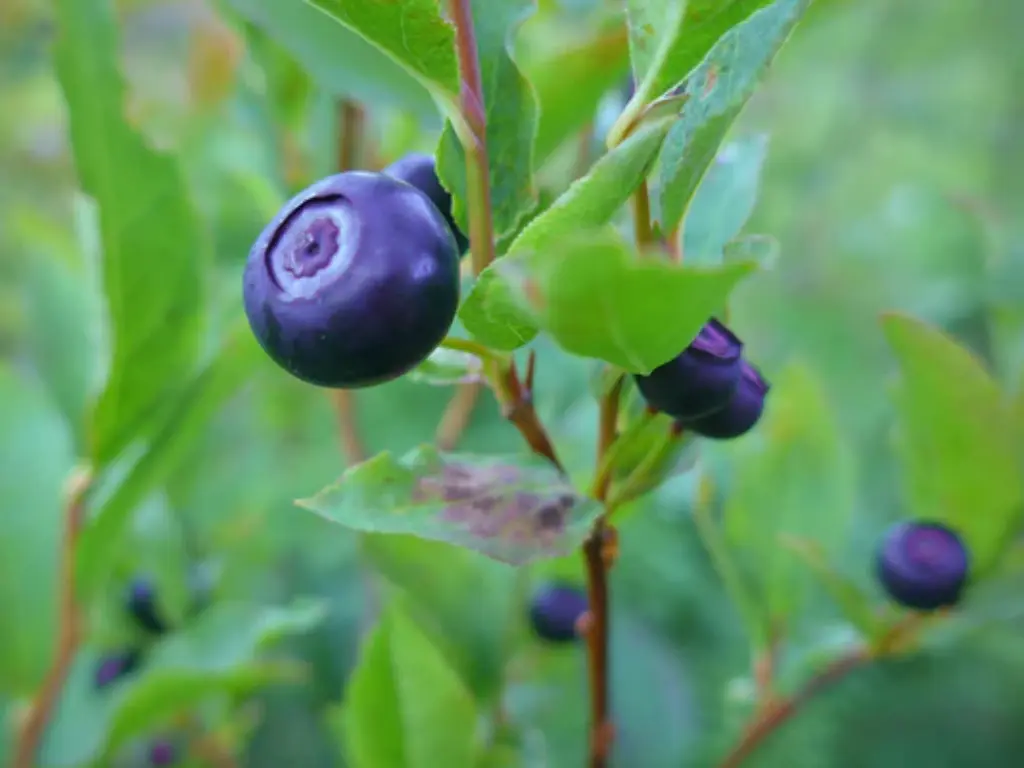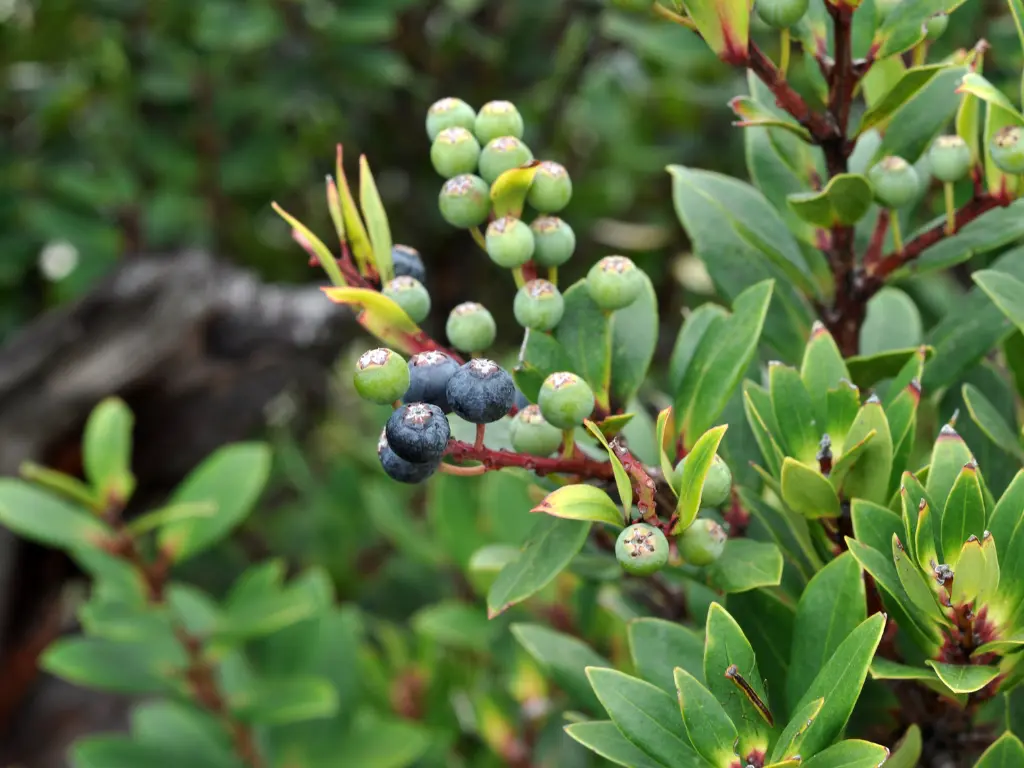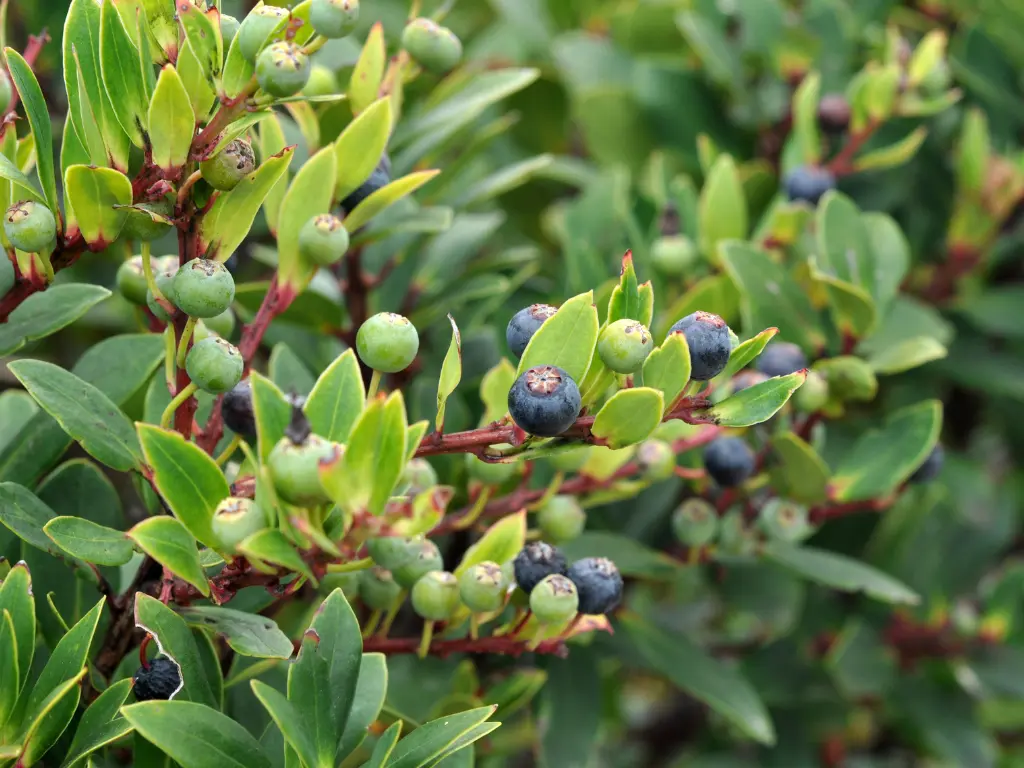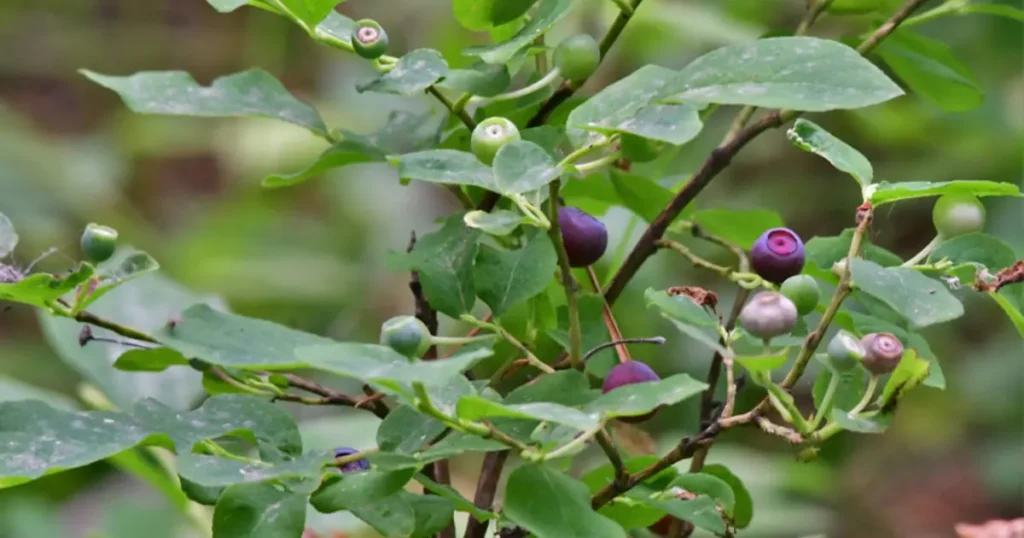Blog
What are Wild Huckleberries? Discover the Secrets of This Delicious Berry
Have you ever wondered what makes wild huckleberries so special? These tiny, vibrant berries are not only a delicious treat but also come packed with a wealth of health benefits. If you’re a fan of foraging or exploring new flavors, understanding what wild huckleberries are and how to incorporate them into your daily routine can open up a world of possibilities. In this article, we’ll dive deep into the world of wild huckleberries, from their unique characteristics to how they’re used in cooking, and everything in between. Whether you’re an avid gardener, a health enthusiast, or simply curious about this wild berry, this guide is for you.
What Are Wild Huckleberries?

Wild huckleberries belong to the Vaccinium genus, a group of plants that also includes blueberries and cranberries. These berries grow in North America’s mountainous regions, thriving in moist, acidic soils found in forests and wetlands. Unlike their cultivated cousins, wild huckleberries are smaller, more vibrant in color, and packed with unique flavors that range from sweet to tart.
There are two main types of wild huckleberries: the blue huckleberry (Vaccinium membranaceum) and the black huckleberry (Vaccinium melanonictum). Both varieties are often used interchangeably in recipes, although the blue huckleberry is generally considered the more popular of the two.
Why Should You Care About Wild Huckleberries?
So, why all the fuss over wild huckleberries? Well, these little berries are not just delicious—they’re packed with antioxidants, vitamins, and minerals that offer impressive health benefits. They are especially rich in vitamin C, vitamin A, and fiber, making them a great addition to your diet. Wild huckleberries are also known for their high antioxidant levels, which help fight free radicals in the body, potentially lowering the risk of chronic diseases like cancer and heart disease.
In addition to their nutritional value, wild huckleberries have long been a part of Native American culture. For centuries, these berries have been used in traditional medicines to treat a range of ailments, from digestive issues to skin conditions. Today, many people are rediscovering these ancient remedies as they seek more natural ways to improve their health.
Where to Find Wild Huckleberries

If you’re eager to find wild huckleberries, you’re in luck! These berries are native to the Pacific Northwest, the Rocky Mountains, and parts of Alaska. The best time to forage for wild huckleberries is late summer to early fall, when the berries are fully ripe and ready to be picked.
While wild huckleberries are not typically grown commercially, you can easily find them at specialized grocery stores or farmers’ markets that offer foraged produce. However, if you’re interested in growing your own, we offer wild huckleberry trees available for purchase at our online store.
Tip: If you’re looking to harvest them yourself, make sure you’re familiar with sustainable foraging practices to avoid damaging the natural habitat.
The Health Benefits of Wild Huckleberries
Why are wild huckleberries so good for you? Here are some reasons why you should consider adding these berries to your diet:
-
High in Antioxidants: Wild huckleberries are loaded with antioxidants, which help fight oxidative stress in the body. This means they may help reduce inflammation and support overall cellular health.
-
Rich in Fiber: Fiber is essential for a healthy digestive system, and wild huckleberries provide a good amount. Eating them can help improve digestion and promote regularity.
-
Packed with Vitamins and Minerals: Huckleberries are a great source of vitamin C, which supports the immune system, and vitamin A, which is vital for eye health. Additionally, they contain important minerals like manganese, which helps maintain bone health.
-
Low in Calories: These berries are naturally low in calories, making them a great choice for anyone looking to enjoy a healthy, low-calorie snack.
How to Use Wild Huckleberries in Cooking
Once you’ve got your hands on some wild huckleberries, the next step is to figure out how to use them. Fortunately, there are many delicious ways to incorporate these berries into your meals.
-
Wild Huckleberry Jam: Making jam is one of the easiest and most popular ways to preserve wild huckleberries. This sweet spread can be used on toast, pancakes, or even as a topping for desserts.
-
Smoothies: Wild huckleberries make an excellent addition to smoothies. Their natural sweetness, paired with a tangy flavor, can elevate any smoothie recipe. Simply blend them with your favorite fruits, some spinach or kale for added nutrients, and a bit of honey for sweetness.
-
Baking: Huckleberries work wonderfully in cakes, muffins, and pies. You can substitute them for blueberries in your favorite recipes for a more unique flavor profile.
-
Huckleberry Sauce: For a savory twist, try making a huckleberry sauce to pair with meats like pork or game meats such as venison. The sweet-tart flavor of the huckleberries contrasts beautifully with the richness of the meat.
Sustainability and Wild Huckleberry Harvesting

Foraging for wild huckleberries is a great way to connect with nature, but it’s essential to practice sustainable harvesting. Over-harvesting can harm local ecosystems, so it’s crucial to only pick what you need and leave plenty of berries behind to ensure the plant can continue to thrive in the wild.
If you’re unsure about how to forage sustainably, many states have guidelines for berry picking that encourage respect for local habitats and ecosystems.
Cultural Significance of Wild Huckleberries
Wild huckleberries have a deep cultural connection with Native American tribes. Many tribes used the berries not only for their nutritional value but also in medicinal practices. For example, huckleberries were often used to treat digestive issues, as well as to improve blood circulation.
Beyond their medicinal uses, huckleberries also played a role in local folklore. They were often considered a symbol of good luck and a key part of various celebrations and rituals.
FAQs About Wild Huckleberries
1. What makes wild huckleberries different from blueberries?
-
While both are from the same genus, wild huckleberries are typically smaller and have a more complex flavor profile. They are also packed with higher levels of antioxidants than cultivated blueberries.
2. Can wild huckleberries be grown in home gardens?
-
Wild huckleberries are best suited to natural, wild environments. They require specific soil types and conditions that are often difficult to replicate in a home garden. However, some people have successfully grown them in acidic, well-drained soil.
3. Are wild huckleberries safe to eat raw?
-
Yes! Wild huckleberries are completely safe to eat raw, and they make a delicious, healthy snack right off the bush.
4. How should I store wild huckleberries?
-
If you plan to eat them within a few days, store them in the refrigerator. For long-term storage, you can freeze them or make jams and jellies.
Conclusion
Wild huckleberries are more than just a tasty fruit; they are a powerhouse of nutrients, packed with antioxidants and vitamins that can benefit your health. Whether you enjoy them fresh, in smoothies, or as a jam, there are countless ways to incorporate these berries into your daily routine. Just remember to forage sustainably and respect the natural environment, ensuring that wild huckleberries continue to thrive for generations to come.
If you’re feeling adventurous, why not head out and find some wild huckleberries for yourself? There’s no better time than now to experience the magic of this delicious, nutrient-packed berry!
You may like:


7 Vegetables to Plant in December for a Bountiful Winter Harvest
Winter gardening is a challenge many new gardeners shy away from. But if you’re among [...]
Dec
9 Common Christmas Cactus Problems and How to Fix Them
Have you ever walked past your Christmas cactus and wondered why it suddenly looks sad? [...]
Nov
Swedish Ivy Care: How to Grow a Healthy, Thriving Plant
Have you ever looked at your Swedish Ivy and wondered why the leaves are turning [...]
Nov
Avoid These 10 Garlic Planting Mistakes for Bigger, Healthier Bulbs
Growing garlic at home is one of the most satisfying things a gardener can do [...]
Nov
How to Prevent Christmas Cactus Bud Drop: Tips for a Healthy Bloom
Have you ever noticed your beautiful Christmas cactus (Schlumbergera) starting to lose its buds just [...]
Nov
Discover 7 Stunning Types of Night-Blooming Cereus
Have you ever waited for a flower that only opens at night and then disappears [...]
Nov